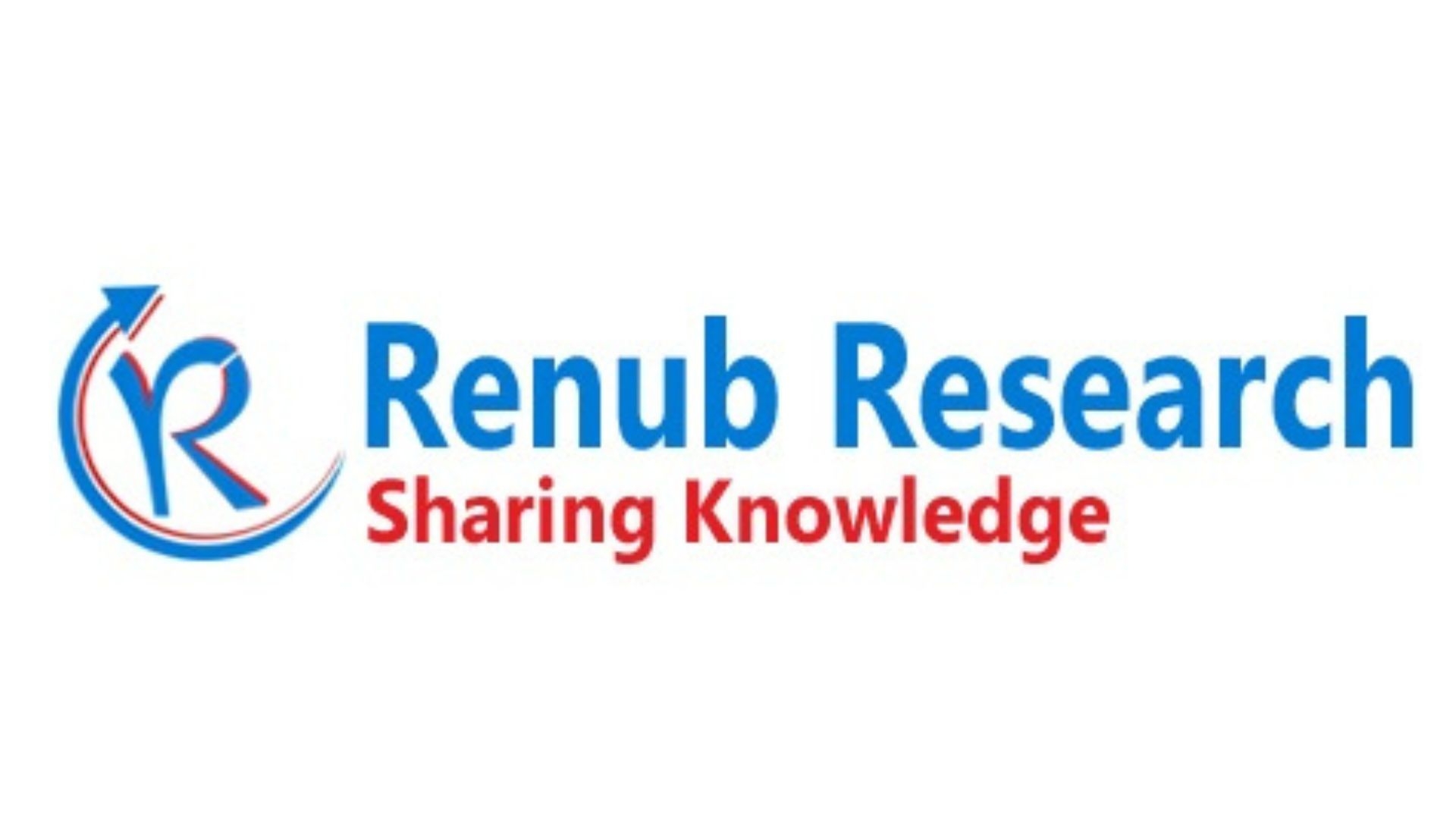United States Skateboard Market Forecast 2025–2033
According to Renub Research United States skateboard market is projected to experience steady growth throughout 2025–2033, reaching an estimated US$ 1.33 billion by 2033, up from US$ 1.03 billion in 2024. This reflects a CAGR of 2.93% during the forecast period. Several key factors are contributing to this upward trajectory, including rising youth engagement in action and outdoor sports, skateboarding’s deep cultural and lifestyle influence, its recognition as an Olympic sport, increasing adoption of electric skateboards, expanding urban environments, the rise of skate parks, and strong momentum from social media communities and lifestyle brands.
Skateboarding maintains its position as a dynamic recreational activity that marries sport, culture, art, and mobility. As trends evolve and new technologies enter the market, skateboarding is drawing interest from both traditional riders and new users seeking alternative modes of transportation. Brands, retailers, and local communities continue to invest in events, infrastructure, and promotional activities, fostering an ecosystem that supports both recreational and competitive skateboarding across the United States.
United States Skateboard Industry Overview
A skateboard is a compact, flat board mounted on four wheels, designed for riding, performing tricks, transportation, and recreational enjoyment. Constructed primarily from layered wood, bamboo, or composite materials, the typical skateboard includes three core components: the deck, trucks, and wheels. Skateboards are used for various purposes such as street skating, vert skating, cruising, downhill riding, and increasingly, short-distance commuting. Alongside traditional skateboards, the market also includes longboards, which are used for smooth cruising, and electric skateboards, which appeal to commuters seeking efficient, eco-friendly mobility solutions.
Skateboarding holds a unique position in American culture. It is more than a sport—it reflects personal identity, creativity, community, and urban lifestyle. It influences fashion, street art, music, and youth culture, making it both a recreational activity and a social movement. As participation grows, skateboarding continues to define its role across sports, transportation, leisure, and culture.
The U.S. skateboard market is currently supported by rising interest among teens and young adults, expanding skate parks in metropolitan regions, an active competitive scene, and increasing endorsement by professional skateboarders and influencers. In addition, the inclusion of skateboarding in global sporting events, coupled with technological innovations such as electric motors and lightweight composite materials, is contributing to market modernization and diversity.
Request a free sample copy of the report:https://www.renub.com/request-sample-page.php?gturl=united-states-skateboard-market-p.php
Growth Drivers for the United States Skateboard Market
Increasing Youth Participation in Action Sports
Youth engagement remains the strongest force behind the growth of the U.S. skateboard market. Skateboarding appeals to young consumers because it blends sport with creativity, community, and self-expression. According to participation reports from SFIA (Sports & Fitness Industry Association), action sports have continued to gain traction among American youth, with skateboarding remaining one of the most accessible options. Teenagers, in particular, are attracted to the sport due to its flexibility—it requires minimal space, limited equipment cost, and can be practiced in urban areas.
Social media plays an increasingly critical role in shaping youth interest. Platforms such as TikTok, Instagram, and YouTube amplify skateboarding trends, viral tricks, and lifestyle content. Skateboarding games and virtual communities further fuel curiosity and participation. This increased engagement drives demand for skateboards across multiple categories including traditional boards, longboards, and electric skateboards, while also boosting sales of accessories, footwear, and branded apparel.
Olympic Inclusion Boosting Popularity
Skateboarding’s debut in the Tokyo 2020 Olympics marked a major turning point for the sport’s visibility and legitimacy. Featuring both street and park disciplines, skateboarding gained international recognition and captured the attention of new audiences across the United States. American skateboarders performing at the global level helped spark national pride and encouraged aspiring athletes to enter the sport competitively.
Olympic inclusion has also attracted new investments from sports organizations, brands, and sponsors who now view skateboarding as a mainstream competitive sport. This has increased funding for training programs, community events, and professional competitions, strengthening the sport’s presence in both recreational and competitive arenas. As skateboarding continues as an official Olympic event, the exposure is expected to drive sustained long-term interest across all age groups.
Urbanization and Expansion of Skate Parks
Urbanization is a significant driver of skateboarding’s growth in the United States. With more than 80% of the population living in urban settings, demand for accessible recreational spaces is rising. Skate parks provide safe, designated environments for beginners and experienced skaters to practice, socialize, and explore skate culture. Cities across the country are investing in skate parks to engage youth, promote active lifestyles, and minimize conflict with street skating.
Organizations such as The Skatepark Project (formerly the Tony Hawk Foundation) continue to support the development of community skate parks, particularly in underserved areas. Hundreds of new parks have been established nationwide, offering modern obstacles, ramps, and dedicated sections for different skill levels. These developments are fostering inclusive communities and fueling increased skateboard sales and participation.
Challenges in the United States Skateboard Market
Safety Concerns and Risk of Injuries
Safety concerns pose a significant challenge for the U.S. skateboard market. Skateboarding, while exciting and accessible, carries a notable risk of injuries such as fractures, sprains, and concussions. Data from the U.S. Consumer Product Safety Commission (CPSC) shows that thousands of skateboard-related injuries occur annually, with younger participants being particularly vulnerable.
Although protective gear—helmets, knee pads, elbow pads, wrist guards—can minimize serious injuries, adoption remains inconsistent. Parents often view skateboarding as risky, which can reduce participation among children and teens. Safety concerns shape consumer perception and influence parents’ willingness to purchase skateboards for younger riders, placing limitations on market expansion.
Competition from Alternative Outdoor and Recreational Activities
The skateboard market faces growing competition from alternative recreational sports and mobility tools. Activities such as biking, scootering, BMX, inline skating, and urban micro-mobility (electric scooters, e-bikes) appeal to similar demographic groups. These alternatives often come with perceived safety advantages or require less skill and practice.
Additionally, the rise of esports, virtual gaming, and digital entertainment is diverting time and attention away from outdoor sports like skateboarding. As a result, skateboard brands must continuously innovate through marketing, product design, sponsorships, and athlete partnerships to maintain relevance and consumer interest.
State-Level Outlook
California Skateboard Market
California remains the epicenter of the U.S. skateboard industry. The state’s strong skateboarding heritage, abundant skate parks, and numerous professional teams contribute to continuous participation growth. Cities such as Los Angeles, San Diego, and San Francisco host major sporting events, skateboarding festivals, and brand showcases, reinforcing California’s influence on skate culture.
The outdoor lifestyle, warm climate, and high youth population support strong demand for traditional skateboards, longboards, and electric skateboards. Social media content from California-based riders and brands continues to set national trends. Despite competition from other sports, California remains the leading state for innovation, retail activity, and skateboarding culture.
Texas Skateboard Market
The Texas skateboard market is expanding due to rapid urban development, community engagement, and recreational investments. Cities including Austin, Dallas, and Houston have built new skate parks and community centers, encouraging teens and young adults to join the sport. The growing popularity of electric skateboards for commuting adds further momentum.
Local events, competitions, and social media influence are helping shape Texas as a growing hub for both casual and competitive skateboarding. Challenges include extreme heat and limited recreational facilities in some regions, but overall, Texas presents strong market potential.
New York Skateboard Market
New York’s skateboarding environment is shaped by dense urban architecture and a strong street skating culture. New York City, Brooklyn, Buffalo, and Rochester host numerous skate parks, plazas, and events that cater to both amateur and professional skaters. Tourism and urban transportation needs contribute to the rising popularity of electric skateboards for short-distance commuting.
Although space constraints and regulatory rules can limit public skateboarding, New York remains a key market driven by youth culture, fashion influence, and high visibility through media and social platforms.
Florida Skateboard Market
Florida benefits from a warm climate and large tourism economy. Skateboarding is popular year-round in cities such as Miami, Orlando, and Tampa, which offer multiple parks and community programs. The rise of electric skateboards for commuting and recreational cruising adds variety to consumer demand.
Challenges such as hurricanes, humidity, and competition from water sports exist, but Florida’s strong outdoor culture and expanding urban infrastructure ensure continued market growth.
Recent Developments in the U.S. Skateboard Market
· June 2023: HLC Skateboard Factory, headquartered in Spain, expanded its presence in the United States by acquiring AEND Industries, a California-based skateboard manufacturer. This acquisition strengthens HLC’s supply chain and production capabilities within the U.S. market.
United States Skateboard Market Segmentation
By Product
· Street Board
· Cruiser Board
· Long Board
· Park Board
· Hybrid Board
· Others
By End User
· Kids (0–9)
· Teenagers (12–17)
· Adults (18 & Above)
State Coverage (29 Regional Markets)
Includes: California, Texas, New York, Florida, Illinois, Pennsylvania, Ohio, Georgia, New Jersey, Washington, North Carolina, Massachusetts, Virginia, Michigan, Maryland, Colorado, Tennessee, Indiana, Arizona, Minnesota, Wisconsin, Missouri, Connecticut, South Carolina, Oregon, Louisiana, Alabama, Kentucky, and Rest of the U.S.
Key Companies (Analyzed from 5 Viewpoints)
· Boardriders
· Krown Skateboards
· Sk8factory
· Skate One
· Absolute Board Co.
· Alien Workshop
· Zero Skateboards
· CONTROL SKATEBOARDS INC.
· Razor USA LLC
· Almost Skateboards






